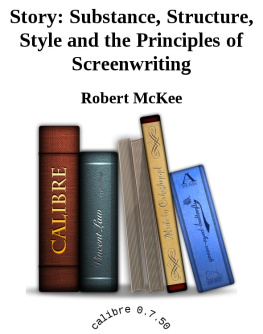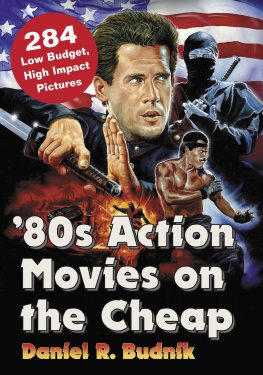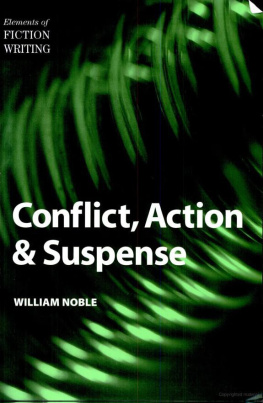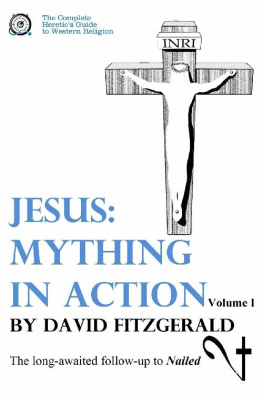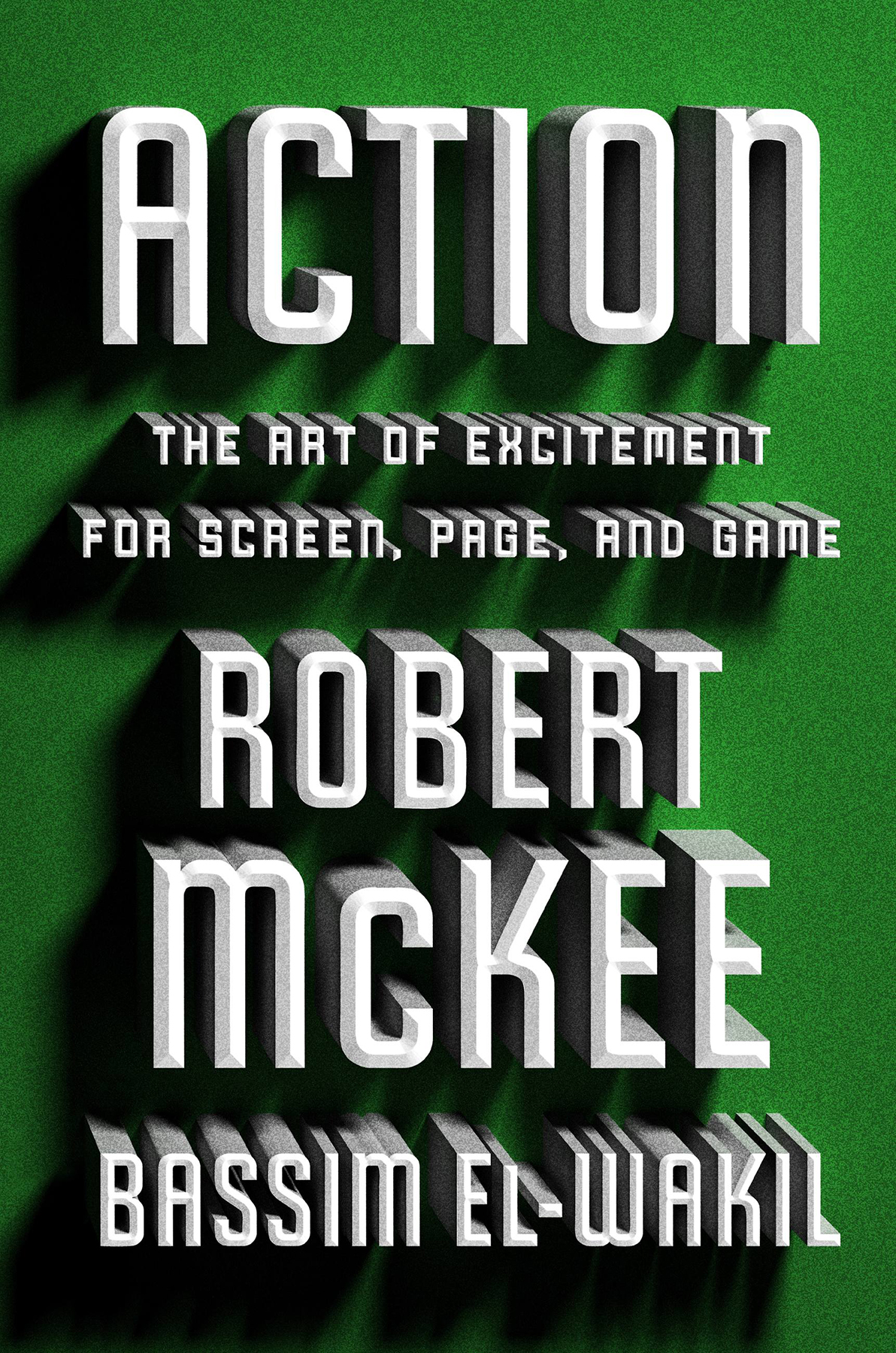
Copyright 2022 by Robert McKee
Original series cover design by Catherine Casalino. Cover copyright 2022 by Hachette Book Group, Inc.
Hachette Book Group supports the right to free expression and the value of copyright. The purpose of copyright is to encourage writers and artists to produce the creative works that enrich our culture.
The scanning, uploading, and distribution of this book without permission is a theft of the authors intellectual property. If you would like permission to use material from the book (other than for review purposes), please contact permissions@hbgusa.com. Thank you for your support of the authors rights.
Twelve
Hachette Book Group
1290 Avenue of the Americas, New York, NY 10104
twelvebooks.com
twitter.com/twelvebooks
First Edition: September 2022
Twelve is an imprint of Grand Central Publishing. The Twelve name and logo are trademarks of Hachette Book Group, Inc.
The publisher is not responsible for websites (or their content) that are not owned by the publisher.
The Hachette Speakers Bureau provides a wide range of authors for speaking events. To find out more, go to www.hachettespeakersbureau.com or call (866) 376-6591.
Illustrations by Oliver Brown
Library of Congress Cataloging-in-Publication Data
Names: McKee, Robert, 1941- author. | El-Wakil, Bassim, author.
Title: Action : the art of excitement for screen, page, and game / by Robert McKee and Bassim El-Wakil.
Description: New York : Twelve, 2022. | Includes index.
Identifiers: LCCN 2022019437 | ISBN 9781538726914 (hardcover) | ISBN 9781538726921 (ebook)
Subjects: LCSH: Motion picture authorship. | Motion picture playsTechnique. | LCGFT: Action and adventure films.
Classification: LCC PN1996.M4645 2022 | DDC 808.2/3dc23/eng/20220511
LC record available at https://lccn.loc.gov/2022019437
ISBNs: 978-1-5387-2691-4 (hardcover), 978-1-5387-2692-1 (ebook)
E3-20220706-JV-NF-ORI
Story: Substance, Structure, Style, and the Principles of Screenwriting
Dialogue: The Art of Verbal Action for Page, Stage, and Screen
Character: The Art of Role and Cast Design for Page, Stage, and Screen
Storynomics
To Mia: Your love rescues my life
The Action Genre enacts the master metaphor for humanitys never-ending struggle of life versus death. Action sends a self-sacrificing hero against a self-obsessed villain in a story-long fight to thwart malevolence and rescue a hapless victim. These charactershero, villain, victimrepresent three opposing drives within every human beingthe will to triumph, the impulse to destroy, and the hope to survive.
We wrote this book for you, the Action creative, to guide your exploration of this compelling genre and to inspire your finest work in its noble tradition.
In Part One: Action Cores, Chapter One outlines a twenty-first-century system for grouping stories by genre that divides all tellings into principal genres (differing contents) and presentational genres (differing forms of expression). Chapters Two through Five explore the core components of principal genrescore value, core cast, core event, core emotionand how these four essentials inspire Action.
Part Two: Action Casts, Chapters Six and Seven, concentrates on the trio of forces that generate Actions inner energy: the hero/villain/victim complex.
Part Three: Action Designs, Chapters Eight through Sixteen, traces the shape of Action from inciting incident to climax.
Part Four: Action Subgenres, Chapters Seventeen through Twenty-Two, examines the genres four subgenres, the four intra-subgenres inside each, and Actions most revered form: High Adventure. Part Four concludes with a call for originality.
A Note on Examples
We illustrate our chapters with examples that were popular when first shown or published, but more important, that illustrate the principles of the genre with precision and clarity. If you havent seen them already, we recommend you familiarize yourself with Die Hard, Mission: ImpossibleGhost Protocol, Terminator III, Back to the Future IIII, Men in Black IIII, the Star Wars saga, Guardians of the Galaxy, The Dark Knight, Casino Royale, The Matrix, Looper, and Avengers: Endgame.
The Pronoun Problem
Some writers use the singular pronoun he as if it were unbiased, but he is not. On the other hand, the mind-stubbing word-jams of s/he, he/she, her/him, he-and-she, her-and-him, along with the pronoun one and the plural pronouns of they, them, and their used to neutralize gender, well intentioned as they are, slow the read. So, in odd-numbered chapters, unspecified persons will be female; in even-numbered chapters, they will be male.
For tens of thousands of years, our nomadic ancestors celebrated their hand-to-hand, jaw-to-jaw, kill-or-be-killed adventures in firelit dance. As language evolved, epic poets (Homer the most famous) elaborated these mimed exploits into rhymed retellings hundreds of thousands of words long, memorized and recited verbatim. Decades later, scribes committed these massive oral performances to the written word, culminating in masterpieces such as The Odyssey, The Iliad, The Mahabharata, and The Epic of Gilgamesh.
Over the three millennia after Homer, a learned elite sustained the genre with works in both verse and prose such as Beowulf, Njls Saga, The Song of Nibelungs, The Song of Roland, and The Life of al-Zahir Baibars. Finally, literacy, along with the motion picture, penetrated all echelons of society until Action became what it is todaythe worlds most popular storytelling genre.
Our love of Action begins when play becomes adventure. As we go from crawling on all fours to tottering on two to running from room to room, our imaginations transform climbing a flight of stairs into an assault on a fortress; bounding down, an escape from a monster. The living room rug becomes a battleground and toys become heroes and villains. Our imaginations rescue the blameless and punish the bad guys, instinctively acting out the eternal struggle between Good and Evil.
As we age, our love for Action matures, demanding greater and greater innovation. Year in, year out, excellent actioneers not only satisfy our wishes but express their visions with dazzling originality. Indeed, in the hands of the best action creators, the genres conventions greet us like old friends born anew, changed yet unchanged.
Action, because of its popularity, has become one of the most demanding storytelling genres, originality its greatest challenge. In the last century alone, tens, perhaps hundreds of thousands of iterations have played out across page, screen, and game. Clichs litter its landscape. Like the prolific genres of Crime and Horror, the immense volume of Action writing has brought it to the saturation point.
How can todays author invent an Action sequence tomorrows fans havent seen or read ad infinitum in the past? How can the modern writer win the ancient war on clichs? How can you create not just a good Action Story but a great one? Action: The Art of Excitement illuminates this challenge and guides the writer to successful originality.



